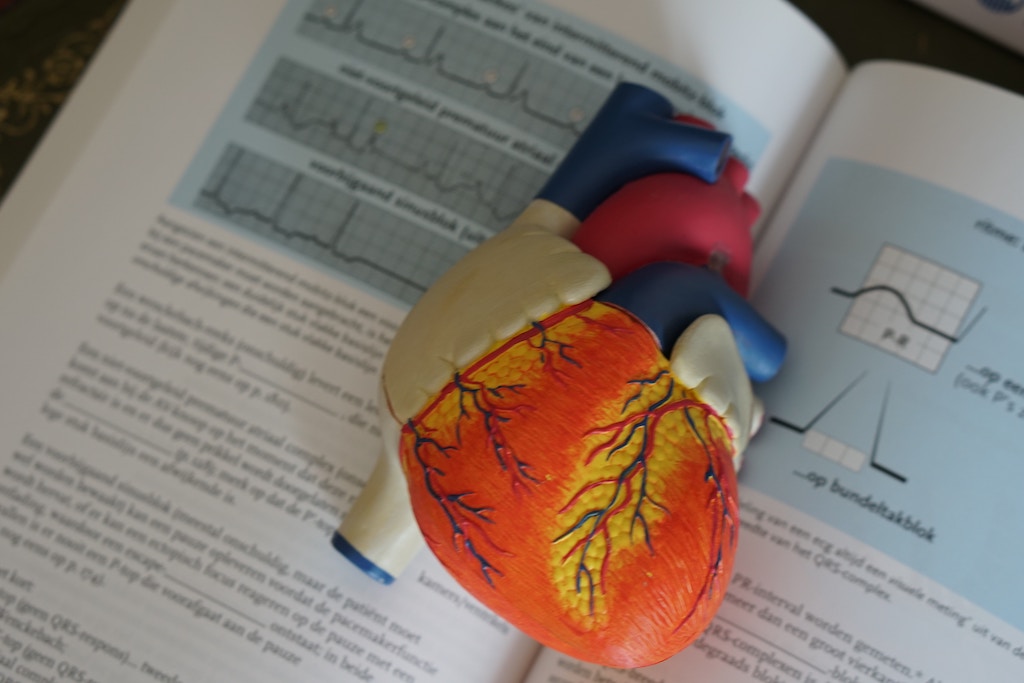ECG Test
Last updated: January 24th, 2025

ECG stands for "Electrocardiogram". An ECG test records the heart's electrical activity to determine whether it's a normal heart rhythm.
How is it done?
The heart's electrical activity is either recorded on a moving paper strip or increasingly as a line on a screen. The doctor can then read and interpret the peaks and dips on paper or screen to see if there is any abnormal or unusual activity.
To record the electrical activity, leads from an electrocardiograph machine are attached to the skin on the patient's arms, legs and chest using sticky patches. Signals from the patient's heart are read using these leads. This information is sent to the electrocardiograph which prints the reading on a paper strip or on a screen.
The test itself is completely safe and, excluding some superficial discomfort due to the patches sticked onto hairy body parts, usually completely painless.
And why is it done?
A patient is usually asked to have an ECG when first diagnosed with high blood pressure. This is because an ECG test can determine whether high blood pressure has caused any damages to the patient's heart. An ECG can in fact pick up several aspects essential for the patient's diagnosis including:
- abnormal heart rhythms
- an enlargement of one side of the heart
- a heart attack in the past
There are various test "environments" in which these signals can be picked up, which result into three main types of ECG test.
Resting vs Exercise vs 24h ECG
There are three main types of ECG each with different objectives.
Resting ECG. A resting ECG test is conducted when the doctor is interested to see how the heart operates while the patient is at rest. Usually the patient is lying down relaxed during this test.
Exercise ECG. This test is conducted when the doctor wants to see how the heart reacts to activity. The patient is asked to walk or run on a treadmill or cycle on an exercise bike while their heartbeat is recorded. For this kind of test the patient should wear comfortable clothes and shoes that they can exercise in.
24-hour ECG. As the name implies, the test is carried out over 24 hours. This is done by having the patient wear a small ECG machine throughout the day/night. The machine records activity throughout the period in which it is worn.